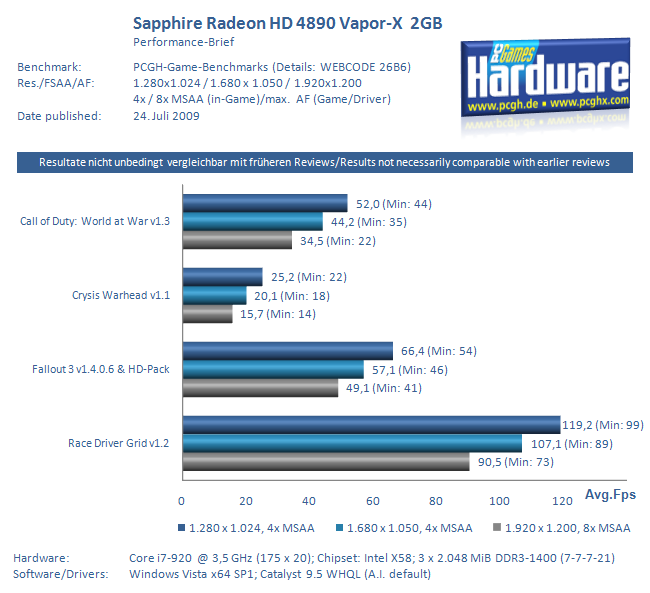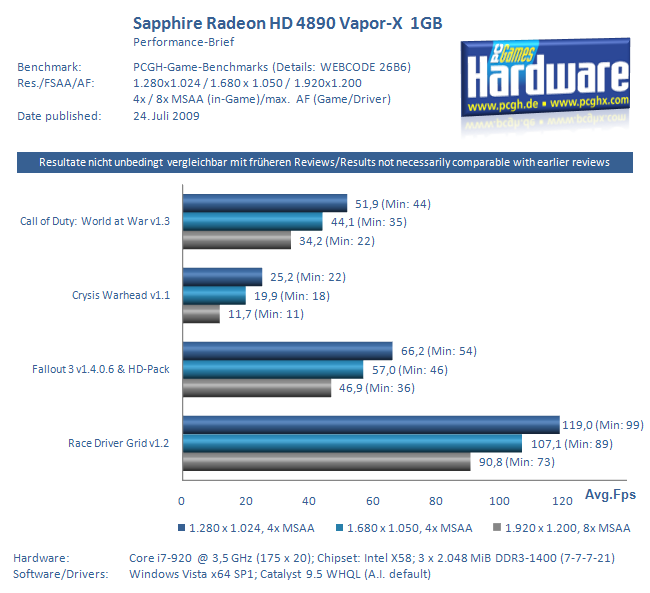Jawed
Legend
GT200: 10*(3 ALUs + 2 TMUs) + 8 ROPsIn a sort of "equation" you had before ALUs+TMUs+ROPs.
Now you have ((ALUs+TMUs)*X)+ROPs.
GF100: 4*(4*(2 ALUs + 1 TMU)) + 12 ROPs
Truthfully one should use the register file as the locus for the organisation of the ALUs and TMUs. I'll leave that as an exercise.
That also ignores the "special function" ALUs. Which is useful when you're tying to paint the ALUs as efficient because they're "scalar".
Jawed



